Located off the coast of Kada, on the western edge of Wakayama City, Tomogashima offers a unique blend of abandoned ruins and stunning natural landscapes.
The island’s remnants of its military fortress, along with the artillery batteries scattered throughout the lush forest, remind visitors of Studio Ghibli’s famous film, *Castle in the Sky*.
In this article, you will find everything you need to know about Tomogashima, from its history and sightseeing spots to detailed access information for your visit.
- The historical background and must-see spots on Tomogashima
- Access details and ferry information
- Recommended sightseeing routes and tips for your visit
What is Tomogashima? Why it’s called “Laputa”
Tomogashima is a group of uninhabited islands floating in the Kitan Strait, between Wakayama and Awaji Island.
The island’s mystic scenery, where nature and ruins coexist, has earned it popularity among Ghibli fans and ruin enthusiasts. The landscape is often compared to *Castle in the Sky* by Studio Ghibli.
The History of Tomogashima
Tomogashima was once a military fortress used by the Japanese army. From the Meiji period to the early Showa era, artillery batteries and ammunition depots were constructed here. The island’s abandoned ruins are the remains of these military structures. After the war, the island’s role as a military base ended, and the ruins now stand quietly as historical relics. These remnants are significant in military history and continue to be highly valued today.
Why it’s compared to “Laputa”
Tomogashima is often referred to as “Laputa” because its moss-covered brick artillery batteries and nature-covered ruins resemble the floating castle from *Castle in the Sky*. The “Third Battery Ruins” in particular stand out, with their overwhelming scale and mysterious atmosphere, evoking scenes from the movie. The quiet artillery ruins, surrounded by trees, harmonize beautifully with nature, creating a truly otherworldly landscape reminiscent of Laputa.
How to Access Tomogashima and Ferry Information
You can reach Tomogashima by taking the Tomogashima Ferry from Kada Port in Wakayama Prefecture. The ferry runs regularly, but the schedule can vary depending on the season and weather, so it’s important to check in advance.
Ferry Schedule and Ticket Prices
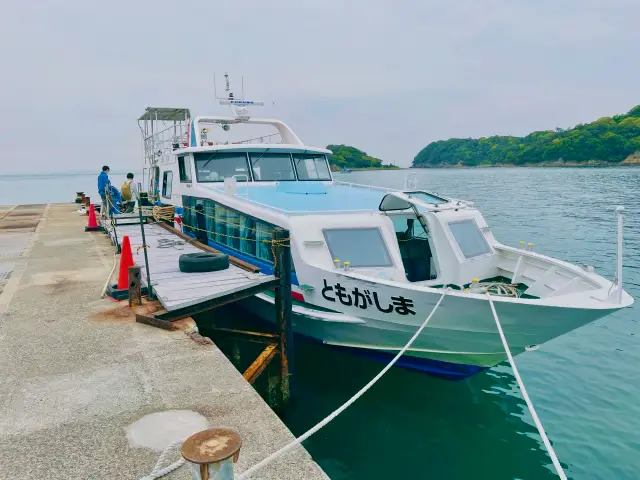
Ferries usually run several times a day, and the travel time to Tomogashima is around 20 minutes each way. The schedule varies by season.
A round-trip ticket costs around 2,200 yen for adults and 1,100 yen for children. While there may be extra ferries during peak seasons like summer, reservations are not accepted. Ferries can be canceled due to bad weather, so be sure to check the latest information before you head out.
Ferry Timetable
| From Kada Port | From Tomogashima | |
|---|---|---|
| 1 | 9:00 | 9:30 |
| Extra 1 | 10:00 | 10:30 |
| 2 | 11:00 | 11:30 |
| 3 | 13:00 | 13:30 |
| Extra 2 | 15:00 | 15:30 |
| 4 | 16:00 | 16:30 |
- No service from Dec. 29 to Jan. 3
- Closed on Wednesdays from March to December
- Service only on weekends and holidays in January and February
- Extra ferries run from April 29 to May 5, and from July 20 to August 3
Ferry Fare (Round Trip)
| Adults | 2,200 yen |
|---|---|
| Children | 1,100 yen |
| Group Discount | Available for groups of 15 or more (Contact in advance) |
| Disability Discount | 50% discount for the disabled 50% discount for one caregiver (with applicable disability ID) |
Getting to Kada Port by Car or Public Transportation
You can reach Kada Port either by car or public transportation. Parking is available near the port for those driving.
If you’re taking public transport, it’s a 20-minute walk from Nankai Railway’s Kada Station, and buses are available that align with the ferry schedule, offering a convenient alternative.
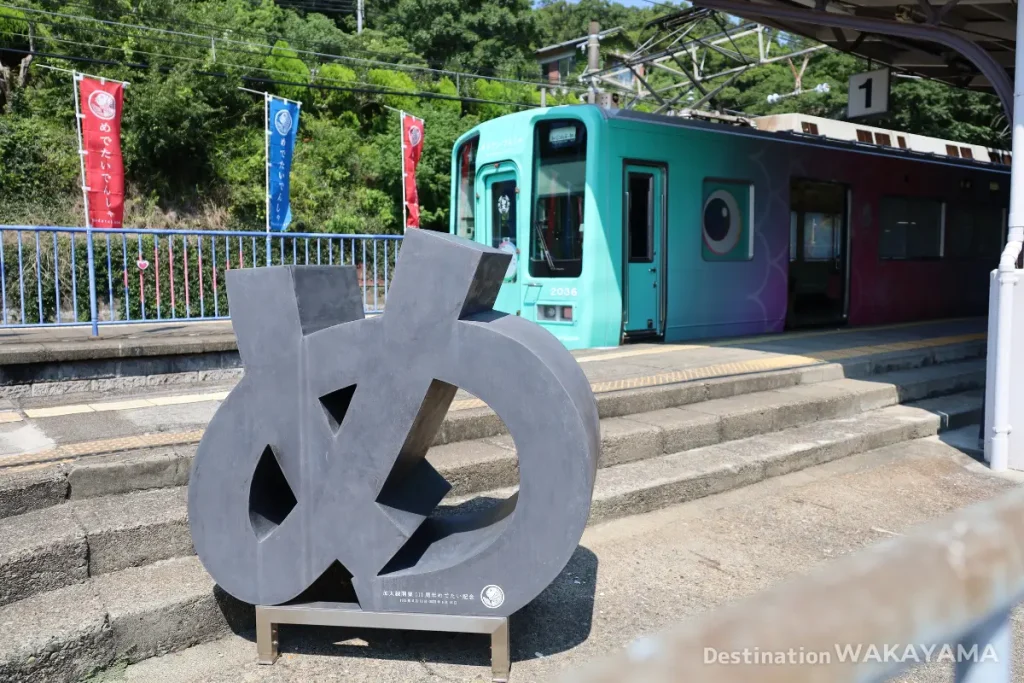
Nankai Railway Kada Line is well known as “Medetai Train.”
Tomogashima’s Highlights and Sightseeing Spots
Tomogashima is dotted with historical sites and scenic spots where you can enjoy both ruins and nature. Its unique blend of the two makes it a photographer’s paradise.
You can download a map for exploring the island from the Wakayama City website.
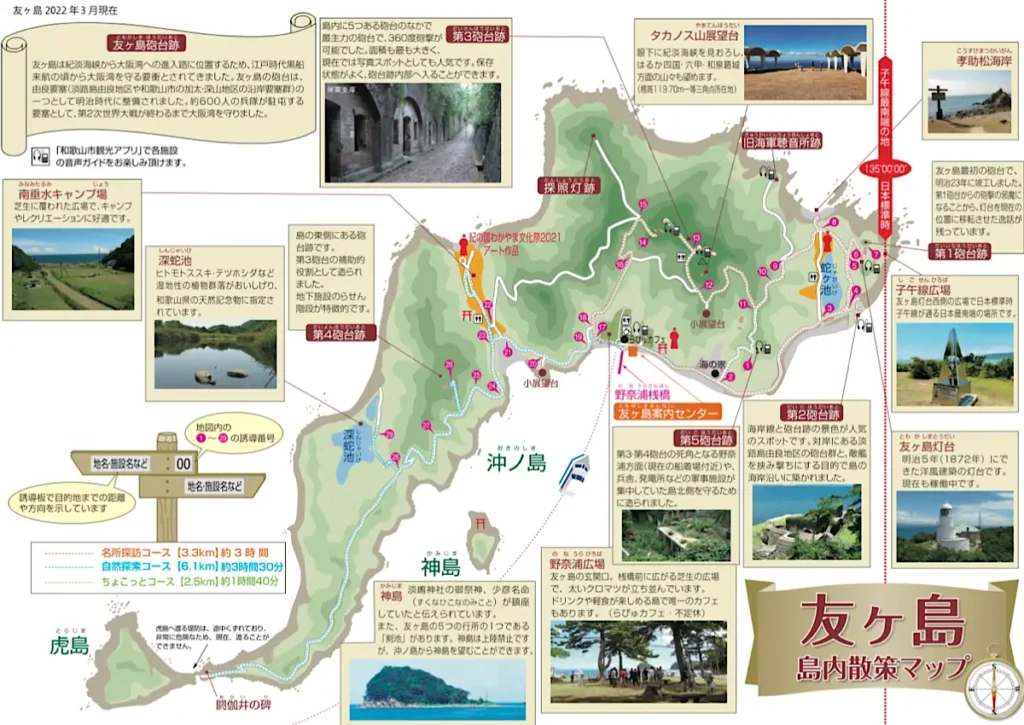
Artillery Ruins and Abandoned Sites
The island is home to several artillery battery ruins, the most famous being the “Third Battery Ruins.”
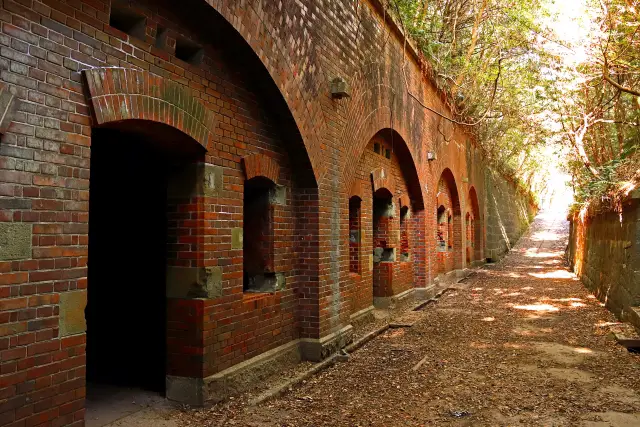
This spot is considered the symbol of Tomogashima, with its red brick ruins and moss-covered walls creating a surreal atmosphere. The “Fourth Battery Ruins” are also a must-see.
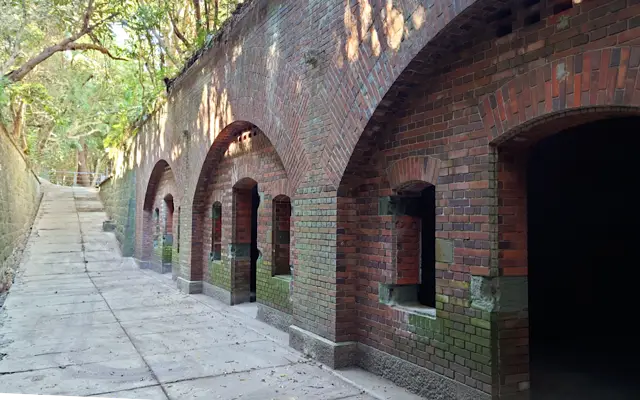
These ruins offer a glimpse into the grand scale of the former military facilities.
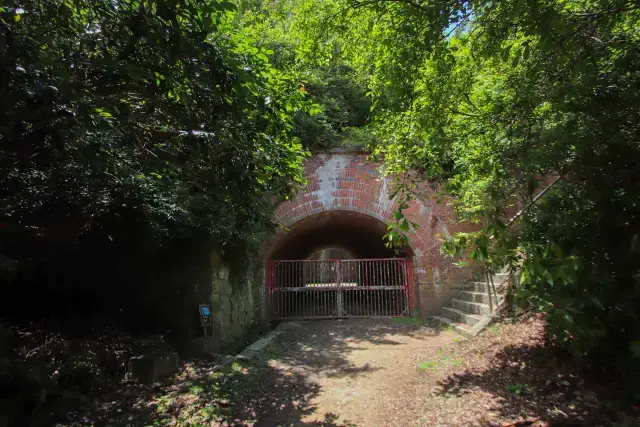
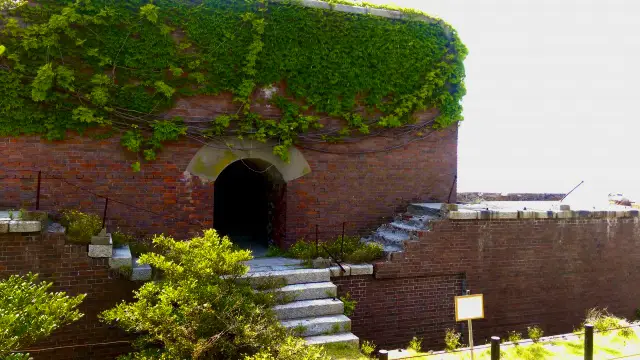
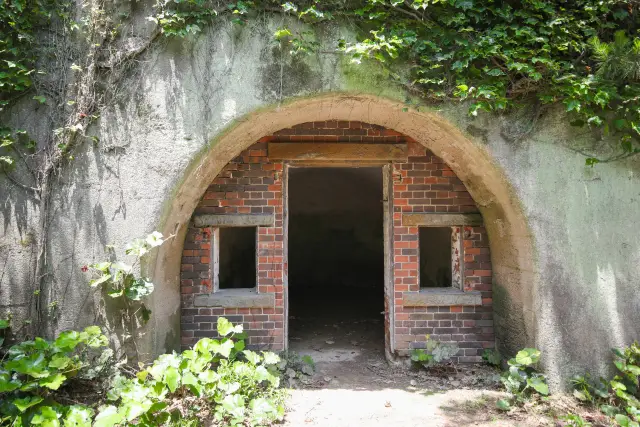
Observation Decks and Scenic Points
Tomogashima has several observation decks where, on clear days, you can see as far as Awaji Island and Shikoku.
The “Takanosu Mountain Observation Deck” offers a breathtaking panoramic view of the Kitan Strait, making it a must-visit spot.
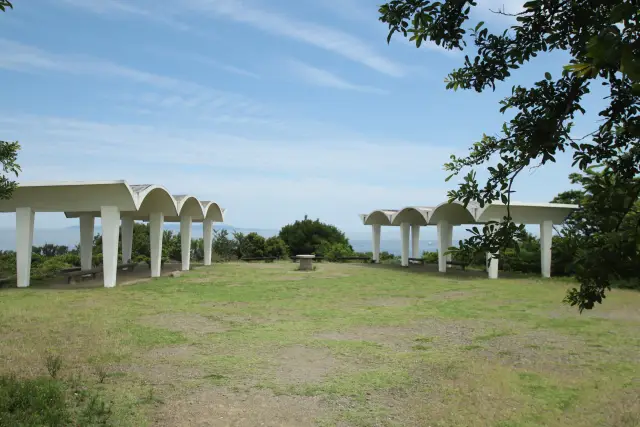
Sitting at about 120 meters above sea level, Takanosu Mountain offers a relatively easy hike with rewarding views.
Best Spots for Photography
Tomogashima is filled with Instagram-worthy locations, with the “Third Battery Ruins” being a top spot for photography.
The blending of nature and ruins creates a magical atmosphere, perfect for capturing stunning shots.
Important Tips and Preparations for Visiting Tomogashima
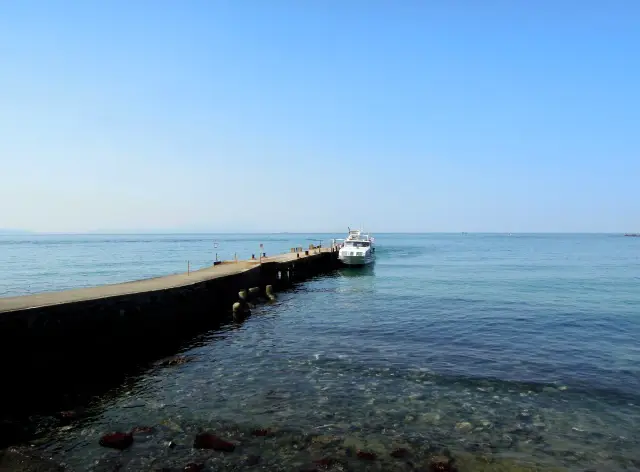
Since Tomogashima is an uninhabited island, facilities are limited. Proper preparation is essential before your visit.
What to Bring and Wear
There are no restaurants or convenience stores on Tomogashima, so make sure to bring your own food and drinks.
Comfortable walking shoes are also a must, as the island’s terrain can be uneven.
If you plan to hike, make sure to wear weather-appropriate clothing and waterproof shoes, as parts of the island can be challenging to navigate.
Safety Tips on the Island
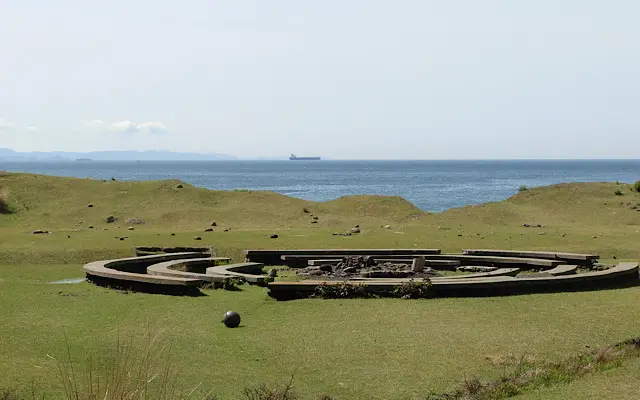
There are areas on the island with limited mobile phone reception, so it’s important to be prepared in case of an emergency. Make sure to plan your route in advance, and consider traveling with others for added safety.
Also, if you miss the last ferry, you’ll have to stay on the island overnight, so make sure to keep track of the time and act accordingly.
Conclusion: Experience the Magic of Tomogashima
Tomogashima offers a rare blend of ruins and natural beauty, making it a must-visit spot for fans of Studio Ghibli, history buffs, and ruin enthusiasts alike.
Once you visit, you’ll undoubtedly be captivated by the island’s charm and feel the urge to return again and again.
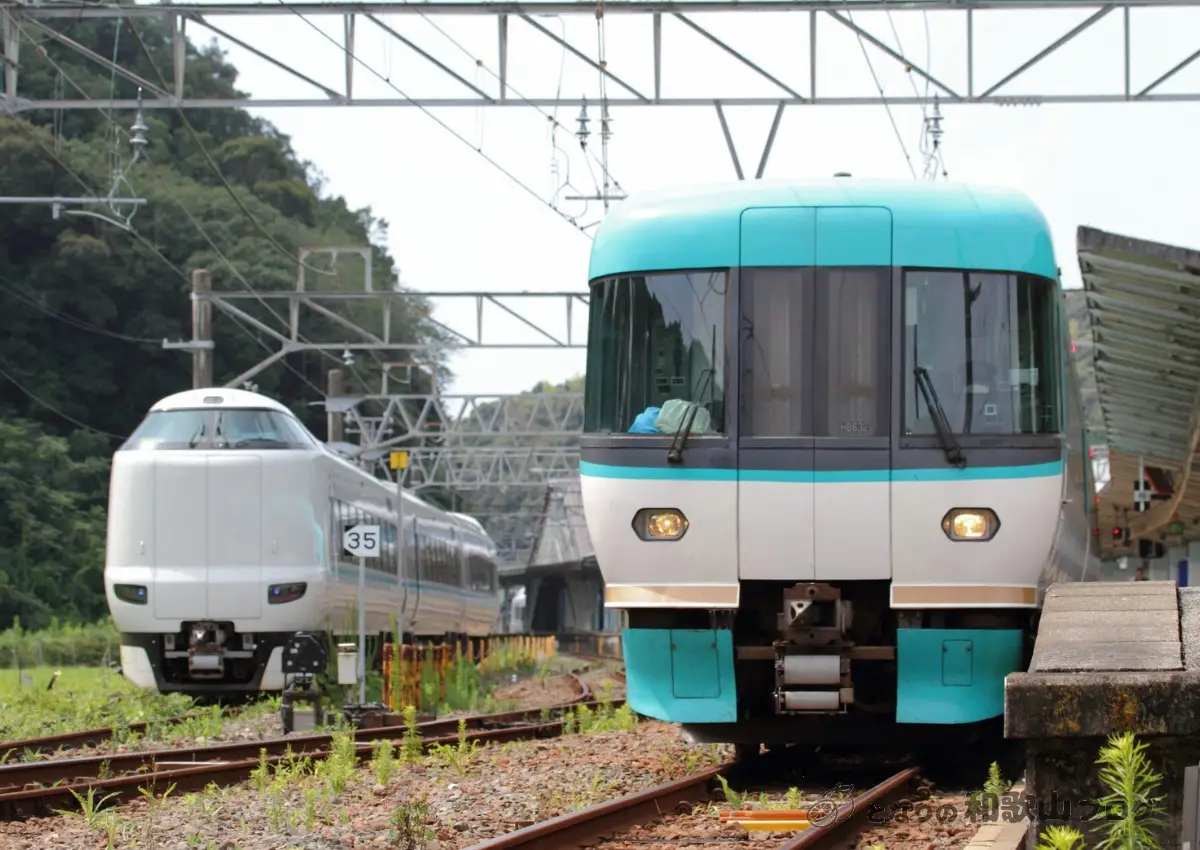
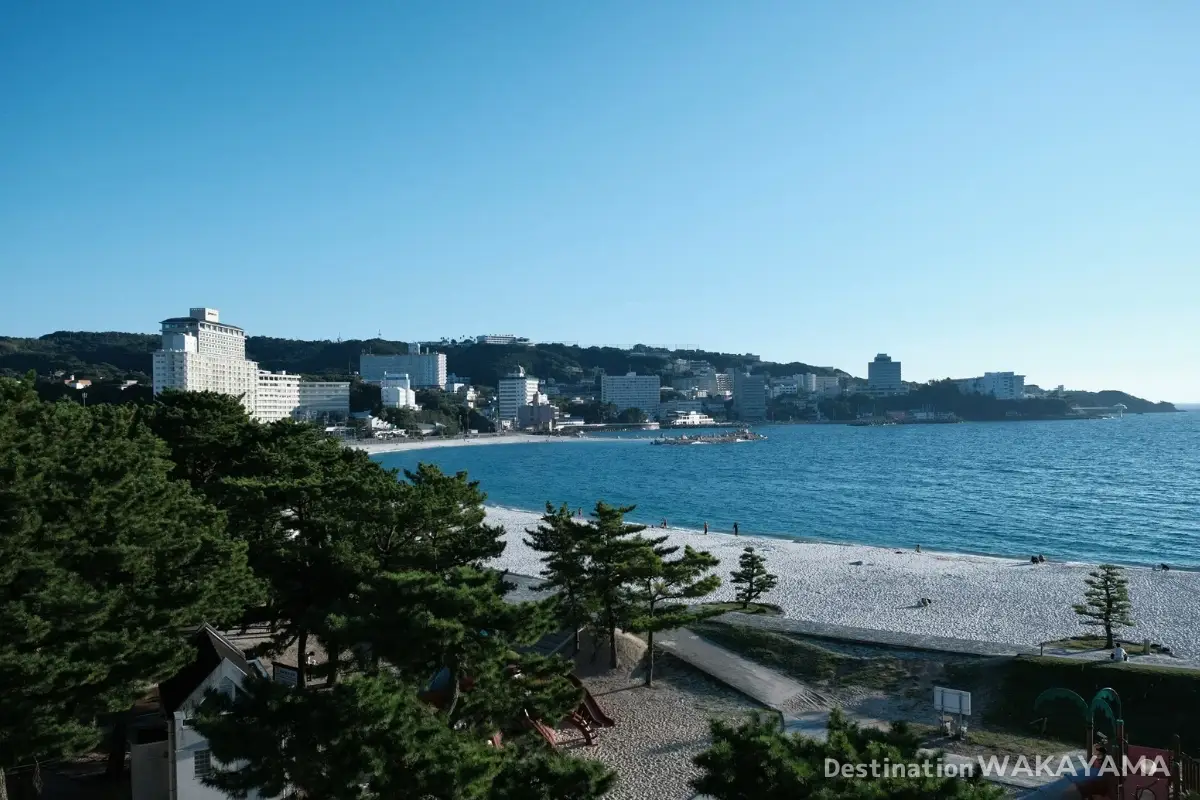
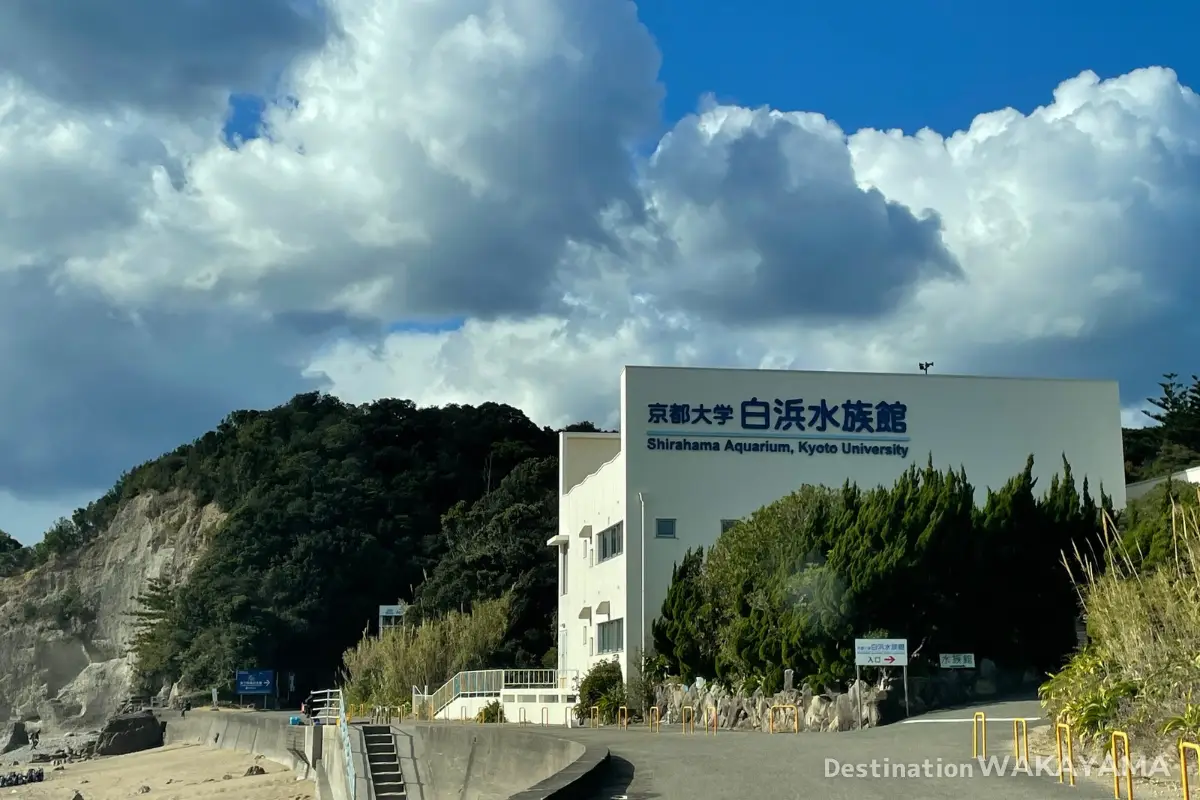

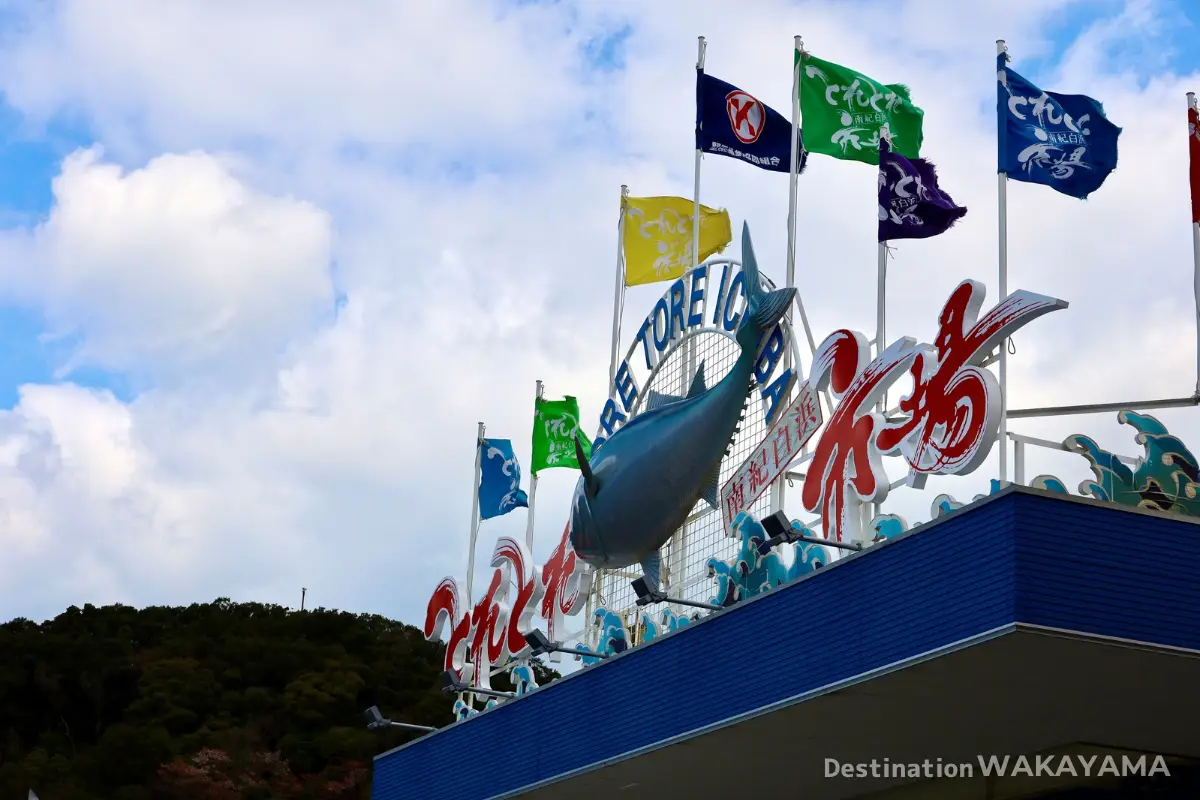

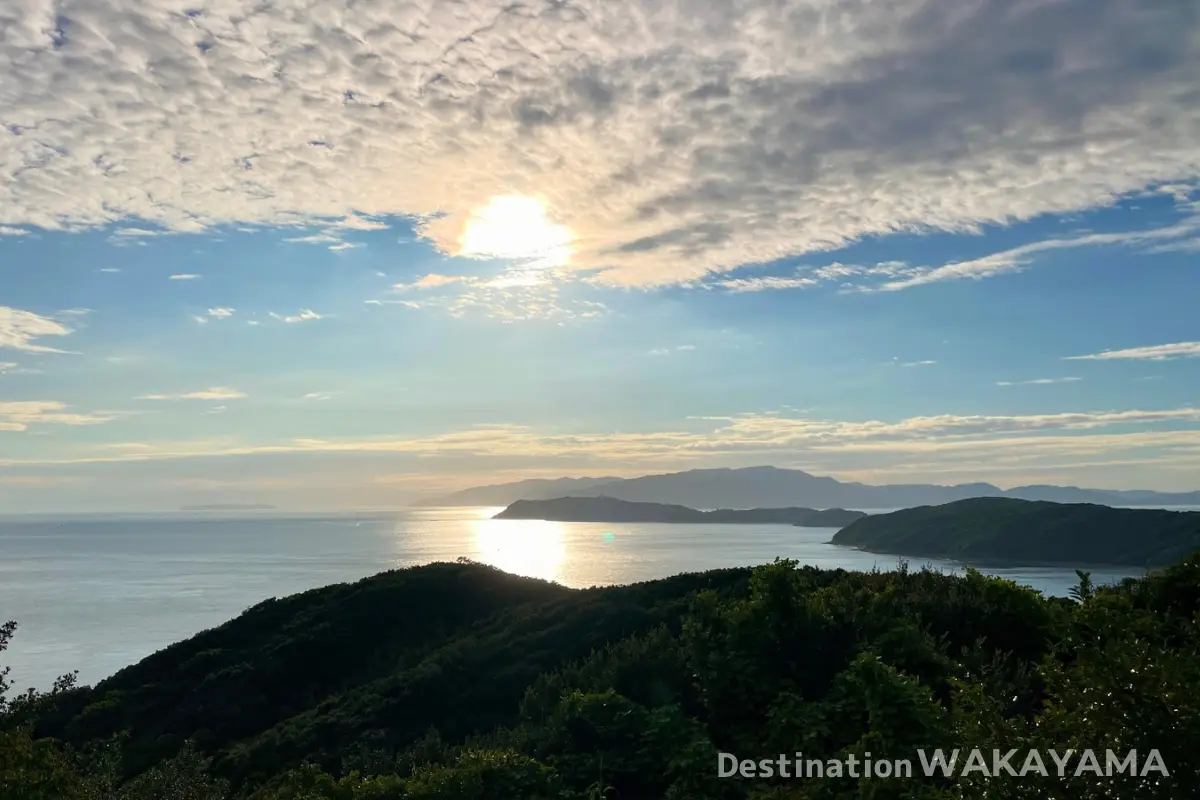



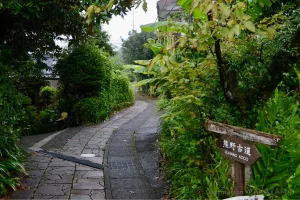
Comments